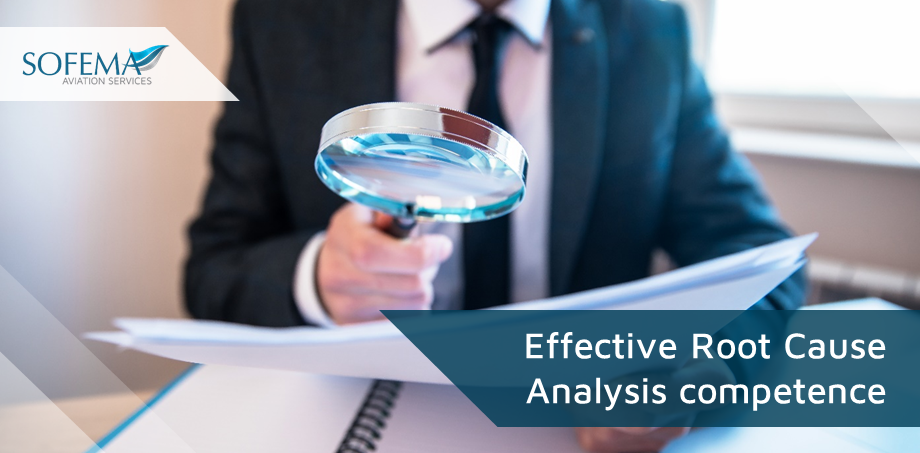The need to train for effective Root Cause Analysis competence as an organisation’s “Core Competence”
As an organisation, we will benefit if we can identify and develop the necessary skills associated with root cause analysis. With Root Cause Analysis we are able to analyse and understand the precursors of a problem (symptom) and in this way address the cause rather than the effect leading to more permanent solutions.
One of the problems encountered is the tendency to jump to conclusions as to the cause of a particular problem rather than working through the due diligence processes which will explore and ultimately expose the fundamental root.
Developing efficient and effective processes and behaviours in the organisation is essential if we are going to minimise our exposure to risk and improve the resilience of the organisation. To do this we need to develop the analytical and problem-solving skills of key personnel.
Whilst Root Cause Analysis techniques and behaviours may be taught in a systematic and logical way, this does not mean that the attendees to the training will be able to perform in a consistent and reliable way.
A process which involves “hands-on” mentored skill transfer needs to be introduced which will ensure that all persons meet a standard which is set within the organisation and in this way we can achieve an organisational approach to delivering reliable Root Cause Analysis assessment.
We should consider as part of our mentoring process what we expect as “good” behaviour and what may be considered as behaviour that “falls short” of expectations. In addition to accept that there are different levels or depths of investigation from routine procedures related to an event which has caused great stress or the loss of revenue to the organisation.
Consider the following as a starting point for working with a Root Cause Analysis Process.
Gathering and Assembling the Data
Understanding as much information as possible before we start to make any decisions is an important first step.
We want to know – How? – Why? – When? – Where? – Who? etc (in fact any information which helps us to build the picture).
Problem Definition
To understand in the fullest possible terms what is the impact of the issue (It is important to understand every aspect of this as any shortfall may be felt later).
Problem Impact
How much is it hurting us – obviously our activities are scalable and we should not be investing huge efforts for a modest return. Conversely if the event in question inflicts moderate to severe damage then significant steps should be taken.
Performing logical analysis
Understanding the root causes (Often there are multiple root causes) developed using our organisational tools from the starting point as to why the problem exists.
Typically these issues become the starting points from which we derive the various root causes. These reasons may be related to the various areas which we have previously understood.
Typical Causes
Related to Physical Causes – This is when there is a specific failure of the infrastructure or a mechanical mechanism – So we can clearly see that we have a failure – but this is only the very beginning of the story – the next question of course being to ask why.
Related to the Human Interface Causes – This considers the possibility of human error – many events involve various human errors which needs to be explored to understand the precursors as for sure it is highly likely that it was not intentional.
Related to Organizational Causes – When considering this aspect we are looking at failures in some way in the system, process, or even the underlying policies that are used to drive the decision making Process.
When we understand the true nature of the underlying, root cause we can begin to develop our solution.
The solution we offer (proposed mitigation) may require the full support of the business area owner or manager in order to engage in a successful implementation of the solution.
Next steps:
Follow this link to our Library to find & download related documents for Free.
Sofema Aviation Services (SAS) is pleased to offer a range of EASA-compliant regulatory training courses in support of the Aviation Quality Management System (QMS) and Safety Management System (SMS) for details please see www.sassofia.com or email: team@sassofia.com





